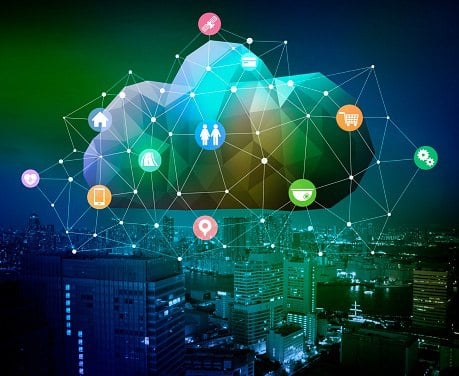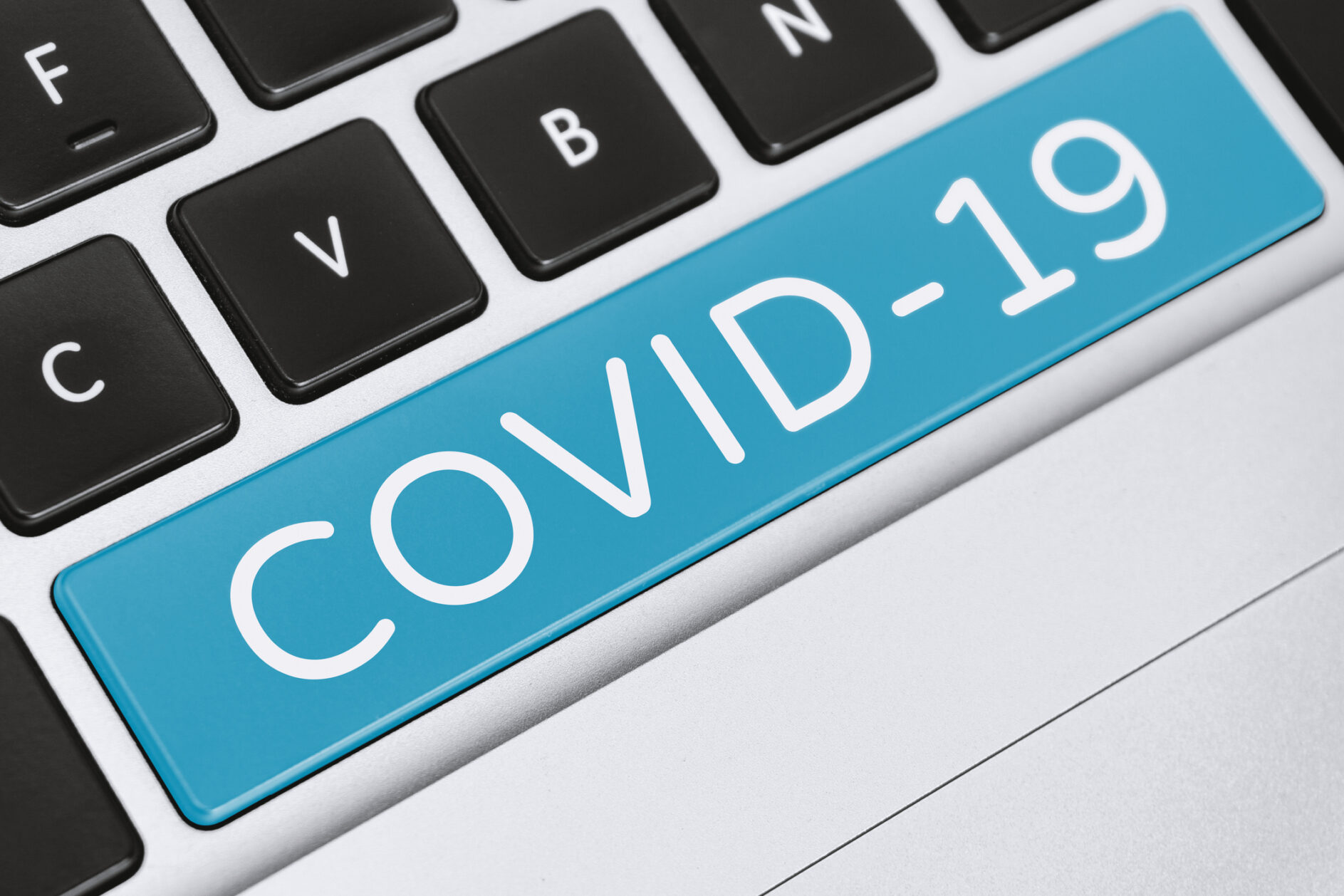 Veeam’s maniacal focus on channel has paid off handsomely through the years. What is even more remarkable is how much has changed in what used to be a very traditional 2-tier distribution channel with VARS and integrators in the same 10-year timeframe. The ability of Veeam to help partners evolve to successfully adopt and make money with cloud technologies while avoiding disintermediation has been key in my opinion.
Veeam’s maniacal focus on channel has paid off handsomely through the years. What is even more remarkable is how much has changed in what used to be a very traditional 2-tier distribution channel with VARS and integrators in the same 10-year timeframe. The ability of Veeam to help partners evolve to successfully adopt and make money with cloud technologies while avoiding disintermediation has been key in my opinion.
Data Management, Analytics & AI
-
-
Enterprise Strategy Group research shows that using a formal data science team is tied to better business outcomes.
Use this infographic to understand what that means for IT organizations in terms of total data use, the public cloud, serverless analytics, and more.
For more information or to discuss these findings with an analyst, please contact us.
-
 There hasn’t been a conversation in the past 3 weeks in which a particular non-cyber (for once) virus hasn’t been discussed. Many of our clients are asking us what we believe will change from a product/service/solution strategy in the space of backup and recovery. I don’t have a crystal ball but based on recent research, and as the year progresses, I expect that we will be able to better understand what might be significant changes in how organizations approach IT and the topic of backup and recovery, including disaster recovery.
There hasn’t been a conversation in the past 3 weeks in which a particular non-cyber (for once) virus hasn’t been discussed. Many of our clients are asking us what we believe will change from a product/service/solution strategy in the space of backup and recovery. I don’t have a crystal ball but based on recent research, and as the year progresses, I expect that we will be able to better understand what might be significant changes in how organizations approach IT and the topic of backup and recovery, including disaster recovery. In the meantime, I would like to share what I expect will happen based on past trends, pre-Covid-19, and my broad perspective on the market. I will not name specific vendors–this is not about who’s better than the other at this or that…Look at this at a high level revisited checklist of what to look for in a solution.
Before we start: I believe a lot of the changes that we will see were already in motion; what we will likely see is an acceleration of underlying trends or needs.
What will not change
Good data stewardship is not going away – probably ever – and this means that all the best practices for defining service levels (RPO/RTO) still apply. How you get there is likely to change, but business and IT fundamentals in this case remain the same. Data is an asset that must be protected, business must continue in the face of planned and unplanned interruptions, and compliance requirements must be met. Data growth is not slowing down, meaning that organizations will need to keep planning accordingly, and archive a growing volume of data.
This means that organizations will still need to look for solutions that meet all their SLA requirements and can accompany their data growth, or perform at scale, or fit in the environment with the proper set of integrations (hardware and hypervisor integration, for example).
What will change – or is changing already – Part 1 of many…
Management capabilities: It’s the pretty obvious one with staff now working remotely from home or having limited options to be in an office or data center. The winners of this phase will be solutions (whether on-prem, hybrid, or in the cloud) that reliably deliver advanced remote and secure management and deployment capabilities. For example, adding endpoint backup and recovery, or protecting new VMs created for the specific circumstances brought about by this crisis. Usability will be key against a backdrop of skills shortages (which began long before Covid-19) in data protection and adjacent IT areas (including cybersecurity). Further abilities are listed below. In addition, organizations that have coherent, broad, and deep reporting and alerting capabilities will be in great shape. However, I suspect this is a hurdle in many organizations.
DR Testing, and testing in general: It’s a best practice everyone should be an expert at, and most solutions today offer many possibilities to conduct non-disruptive (to production) testing, often supplemented by AI/ML and automation in general. Our research shows that the more people practice recovery the more satisfied they are with their solution. Great news for vendors who have put forward testing education programs. Based on our experience and validation of many solutions in the market, I would say there is no question that great solutions exist and can be leveraged. Not every solution is born equal, but overall they’re pretty good. So if the technology is available and in place, the real question revolves around practice and skill sets. It’s a combination of process and people. In a pandemic you may not have the experts available to do it. It is therefore key that more IT generalists be trained (which ties back to the usability requirement mentioned above). This positions certain cloud-based solutions/services in a pretty good spot.
I will stop for now, but stay tuned as I continue in my next blog….
-
As organizations look to prioritize data-driven initiatives, the success of those initiatives will be directly tied to people, processes, and technology. While data science may seem aspirational or even foreign to some organizations, ESG research shows direct ties between organizations with a data science team and better use of data, better use of technology, and better business outcomes. For those organizations looking to drive greater business value through the use of data, a formal data science team can help.
-
The broad adoption of cloud services as a source of and repository for business-critical data is placing the onus on data owners to deliver on data protection SLAs for data and applications that are hosted in the cloud. Concurrently, on-premises backup and disaster recovery workloads are leveraging cloud destinations, resulting in hybrid data protection topologies with varying service levels, end-user tradeoffs, and opportunities. How are IT organizations utilizing cloud services as part of their data protection strategy today?
In order to get more insight into these trends, ESG surveyed 370 IT professionals at organizations in North America (US and Canada) responsible for data protection technology decisions for their organization, specifically around those data protection and production technologies that may leverage cloud services as part of the solution.
-
 ESG recently completed a very interesting Economic Validation report for a very interesting solution from iTernity. I normally don’t blog about all the reports we do but this one got my attention.
ESG recently completed a very interesting Economic Validation report for a very interesting solution from iTernity. I normally don’t blog about all the reports we do but this one got my attention. Our recent research on IT challenges and spending intentions for 2020 highlights that data growth, costs, skills shortages and operational efficiency are top challenges. Organizations need solutions that allow them to retain data for compliance (sometimes for years). It’s a perfect storm: more data growth every year, the need to retain it for extended periods of time, and tighter budgets (I never hear of an unlimited IT budget!). Here’s the thing, while cloud is a great destination, archives that don’t necessarily have to reside in a public cloud can be cost-effective and operationally efficient.
-
 Achieving compliance and meeting the newest data privacy requirements is pretty much like trying to hit a moving target. In the dark. At high speed.
Achieving compliance and meeting the newest data privacy requirements is pretty much like trying to hit a moving target. In the dark. At high speed. -
With the value of data continuing to increase, organizations are constantly looking for better and faster ways to store, access, and analyze it. While many organizations have existing technologies to help stream, collect, store, and analyze both structured and unstructured data, challenges remain that are preventing wider usage of analytics within these organizations. With a goal of consolidating infrastructure and operational silos to address a constantly growing data footprint, data lakes are increasingly becoming the technology of choice.
-
Enterprise data warehouses (EDWs) have existed for about 20 years, serving as the foundation of insight-driven organizations, delivering timely analysis and reporting of structured data; handling large analytics workloads; and supporting the high levels of concurrency that organizations demand. But while EDWs have been a familiar presence in many organizations, as companies look to reduce their data center footprints, increase organizational agility, and incorporate as much data as possible into their analytics workflows, the architectural rigidity, complexity, and cost of traditional EDWs have paved the way for modern data warehouses to better respond to the dynamic needs of the business.
-
As organizations look for better ways to integrate, analyze, visualize, and leverage insights from constantly growing data sets, the rise of the cloud has garnered significant interest and traction in the analytics space. The cloud offers numerous enterprise-class attributes that make it more appealing than on-premises environments for organizations, whether they are looking to embrace a data-driven culture or align specific technology to a single line of business.
-
Informatica, a leader in enterprise cloud data management, recently announced several enterprise data management enhancements across its unified, AI-powered Intelligent Data Platform to promote agility, efficiency, and productivity. Updates include next-generation analytics, an AI-powered data catalog, cloud and hybrid updates for AWS and MS Azure provisioning and autoscaling, data governance, privacy, 360 engagement, and a customer success portal.
-
 Most enterprises have many decentralized locations and sometimes operate a model where there is no real “central” data center. Our research shows that these ROBO topologies are particularly sensitive to data protection challenges—for example, at organizations with many branches (retail, food chains, gas stations, etc.).
Most enterprises have many decentralized locations and sometimes operate a model where there is no real “central” data center. Our research shows that these ROBO topologies are particularly sensitive to data protection challenges—for example, at organizations with many branches (retail, food chains, gas stations, etc.).

 There hasn’t been a conversation in the past 3 weeks in which a particular non-cyber (for once) virus hasn’t been discussed. Many of our clients are asking us what we believe will change from a product/service/solution strategy in the space of backup and recovery. I don’t have a crystal ball but based on recent research, and as the year progresses, I expect that we will be able to better understand what might be significant changes in how organizations approach IT and the topic of backup and recovery, including disaster recovery.
There hasn’t been a conversation in the past 3 weeks in which a particular non-cyber (for once) virus hasn’t been discussed. Many of our clients are asking us what we believe will change from a product/service/solution strategy in the space of backup and recovery. I don’t have a crystal ball but based on recent research, and as the year progresses, I expect that we will be able to better understand what might be significant changes in how organizations approach IT and the topic of backup and recovery, including disaster recovery.  ESG recently completed a very interesting Economic Validation report for a very interesting solution from iTernity. I normally don’t blog about all the reports we do but this one got my attention.
ESG recently completed a very interesting Economic Validation report for a very interesting solution from iTernity. I normally don’t blog about all the reports we do but this one got my attention.  Achieving compliance and meeting the newest data privacy requirements is pretty much like trying to hit a moving target. In the dark. At high speed.
Achieving compliance and meeting the newest data privacy requirements is pretty much like trying to hit a moving target. In the dark. At high speed.  Most enterprises have many decentralized locations and sometimes operate a model where there is no real “central” data center. Our research shows that these ROBO topologies are particularly sensitive to data protection challenges
Most enterprises have many decentralized locations and sometimes operate a model where there is no real “central” data center. Our research shows that these ROBO topologies are particularly sensitive to data protection challenges